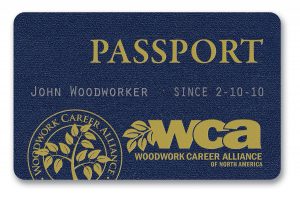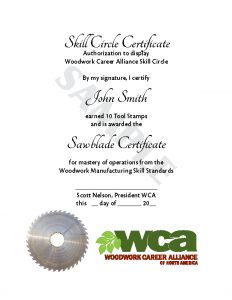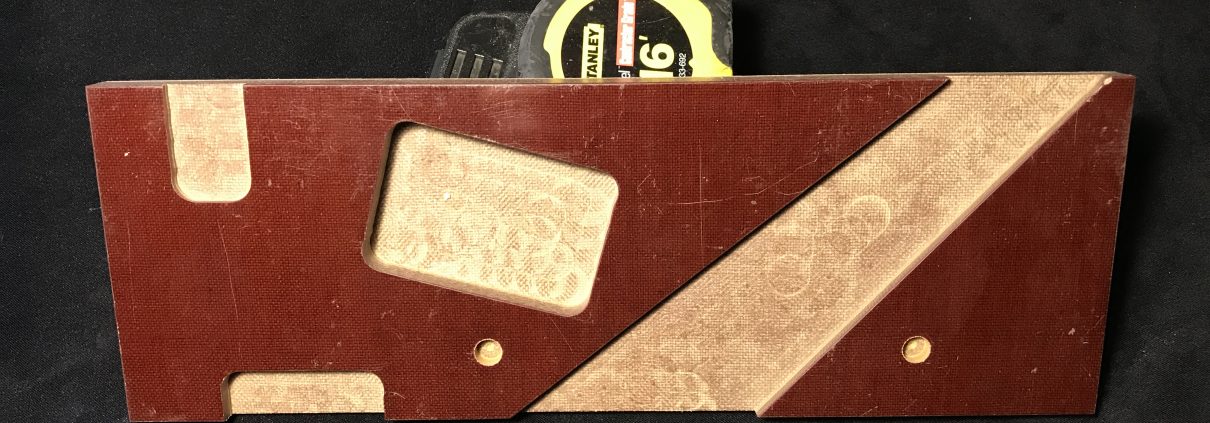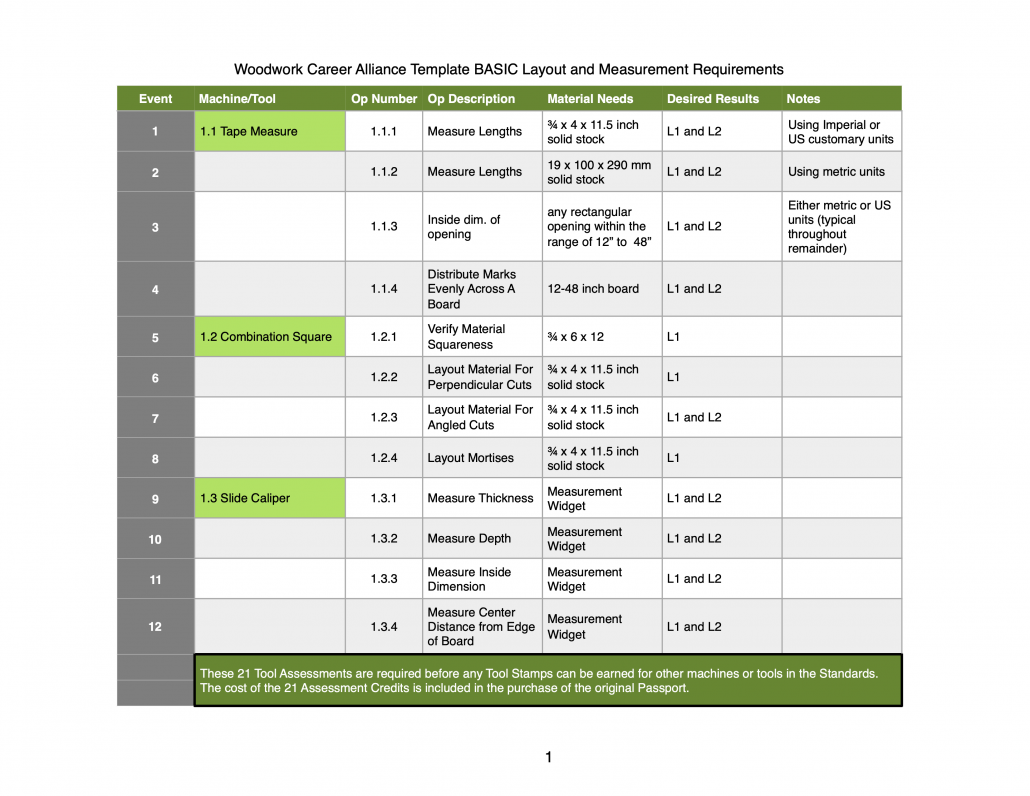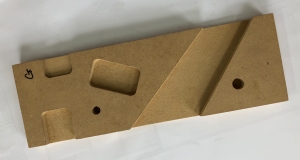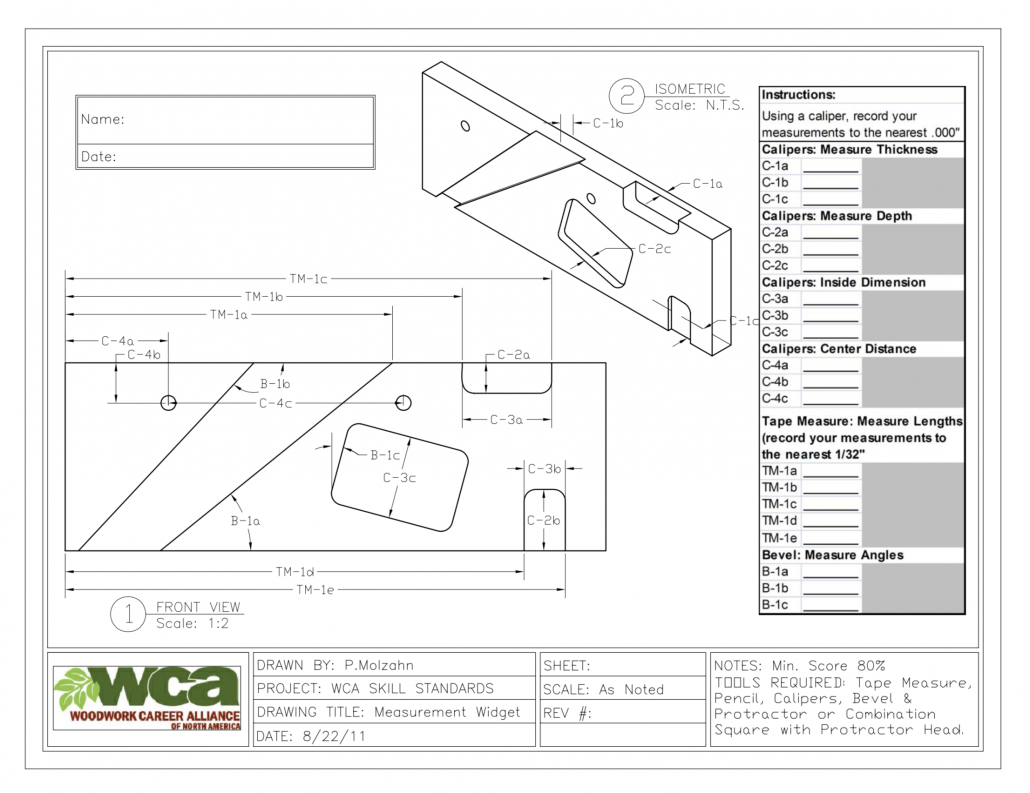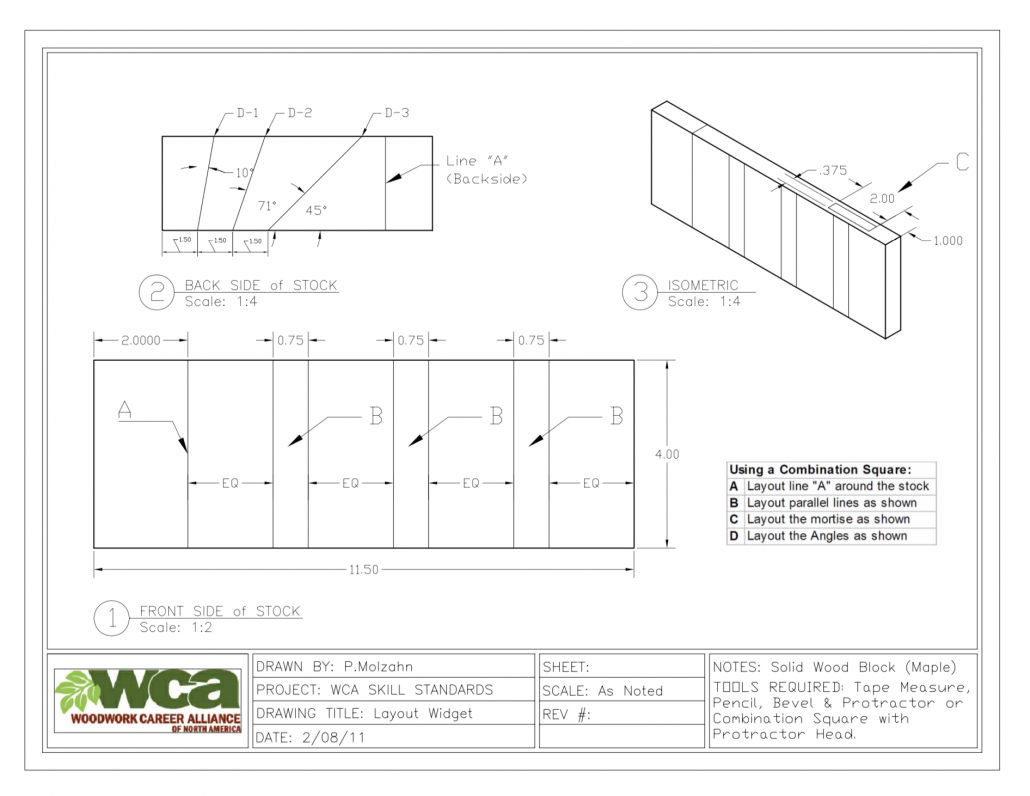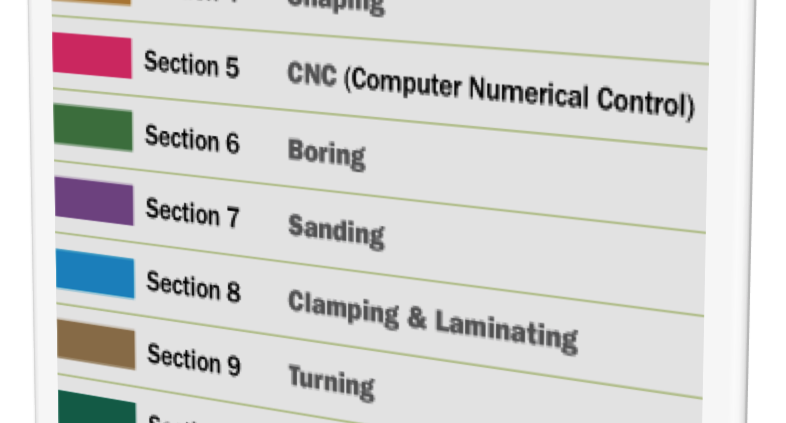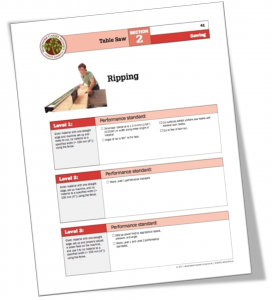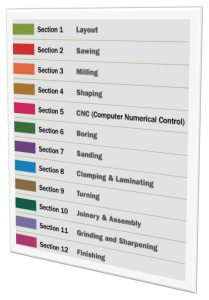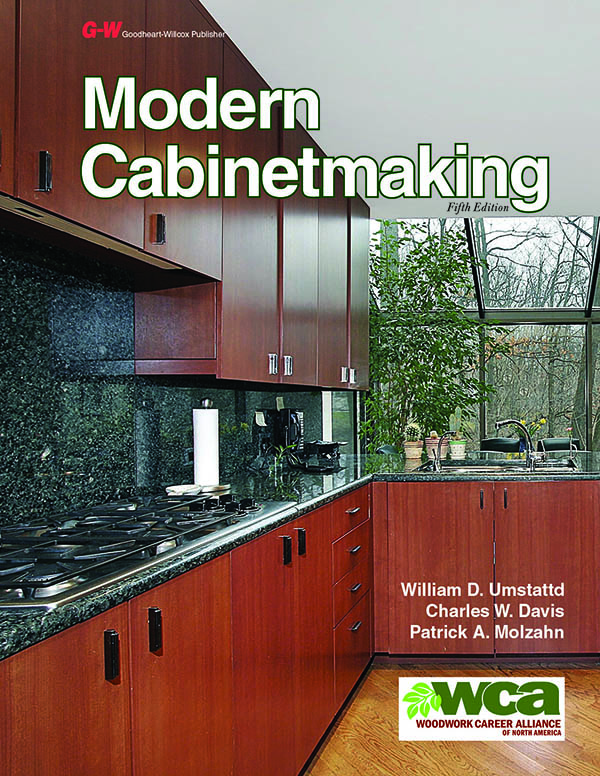 The Skill Standards are the heart of the WCA Credentialing program. It is important that all Skill Evaluators have a thorough understanding of the standards that they will be assessing candidates on. Not only is it important to understand the content of the standards, but also the philosophy behind them…
The Skill Standards are the heart of the WCA Credentialing program. It is important that all Skill Evaluators have a thorough understanding of the standards that they will be assessing candidates on. Not only is it important to understand the content of the standards, but also the philosophy behind them…
A key difference between the WCA Credentialing program and other professional credentials is that the WCA Credentials are is observation based. Evaluators watch candidates perform an operation on a tool and assess them against the written standards. This presented a special challenge in terms of creating a set of standards that allowed an evaluator to objectively measure a candidate’s ability on the tool; they were required to be observable and measurable. This means the Skill Evaluator must have a deep knowledge of the Tool Operations that they will be evaluating. Most operations are performed very quickly, with no time to read through the standard while watching an operation being performed, which means the Skill Evaluator must have a deep enough knowledge of the operation that they instantly know whether the standard has been violated. In order to maintain the integrity of the entire credentialing process, it is incumbent on each Skill Evaluator to only assess operations in which s/he has the experience to do so.
Skill Standards Overview

The standards are tool oriented, but given the large number of tools, they are categorized by the type of tool (i.e. Layout, Milling, Sawing, Boring, Finishing, etc.), as shown in the graphic on the right (click to enlarge). Each tool is broken down into a number of discrete operations. For example, the Tablesaw has quite a few Operations, such as Ripping, Narrow Rip, Mitering, Beveling, Cross Cutting, etc. Each operation can have two possible levels:
Level 1 is Output oriented.
Entry level skills. This person would be able to safely produce wood parts using machines and tools that are set-up and ready for them. They can produce parts to specification, but are not expected to have in-depth knowledge of the tools or machines they are using. Safe working procedures are stressed here.
Level 2 is Setup oriented.
Intermediate skill level. A woodworker at this level will have greater knowledge of the machines and tools they are using and are expected to complete their own setups and tool preparation. Given plans and specs, they will be able to select and use jigs and fixtures and use appropriate materials to complete the task.
Note: More complex operations may not have a Level 1 because an entry level person would not be expected to be able to perform the operation. An example of this is a narrow rip on the tablesaw.
(beyond Level 2) Machine Specialist and Area Specialist.
This person has advanced skills on a specific category of machinery. The final criteria for this Certificate are currently being developed. The objective is to reward a person with in-depth knowledge about a specific machine or set of machines.
Relation of Skill Points to Levels
Each level of every Tool Operation qualifies for a Skill Point. A candidate assessed only on the Level 1 criteria will spend one Assessment Credit and earn one Skill Point. However, a candidate who is assessed at Level 2 on an operation will have to pass both the level 1 and level 2 criteria and will spend two Assessment Credits and earn two Skill Points.
Where are the Standards?
A bound copy of the full set of Skill Standards is available for purchase at the WCA online Marketplace. However, when evaluating candidates, it’s more convenient to use the relevant Assessment Forms which we will explore in the topics below. When your organization joins the WCA as an EDU or MANufacturing member, the person purchasing the membership will be able to log into the WCA website and access the Evaluator Documents and Forms where you can download all of the assessment forms for all tool operations in PDF format. This is why it is important that the person who is going to be the in house Skill Evaluator purchase the EDU or MANufacturing membership each year under their own account so that they have access to all documents and training materials.
A Living Document
It’s very important to note that the Skill Standards are intended to be a living document, in other words, they are always evolving as new tools/operations are added, but also if new or better approaches are developed for existing standards. We encourage you, as a Skill Evaluator, to volunteer to help write new standards if you have specific expertise on a new tool, or if you have suggested changes to an existing standard. The WCA is always on the lookout for individuals to help shape the standards as we move forward.
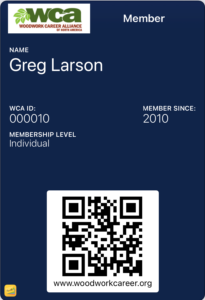 As mentioned in the previous lesson, all students or employees who wish to be assessed for any credential must first join the WCA by purchasing an Individual Membership at a cost of $55.
As mentioned in the previous lesson, all students or employees who wish to be assessed for any credential must first join the WCA by purchasing an Individual Membership at a cost of $55.

